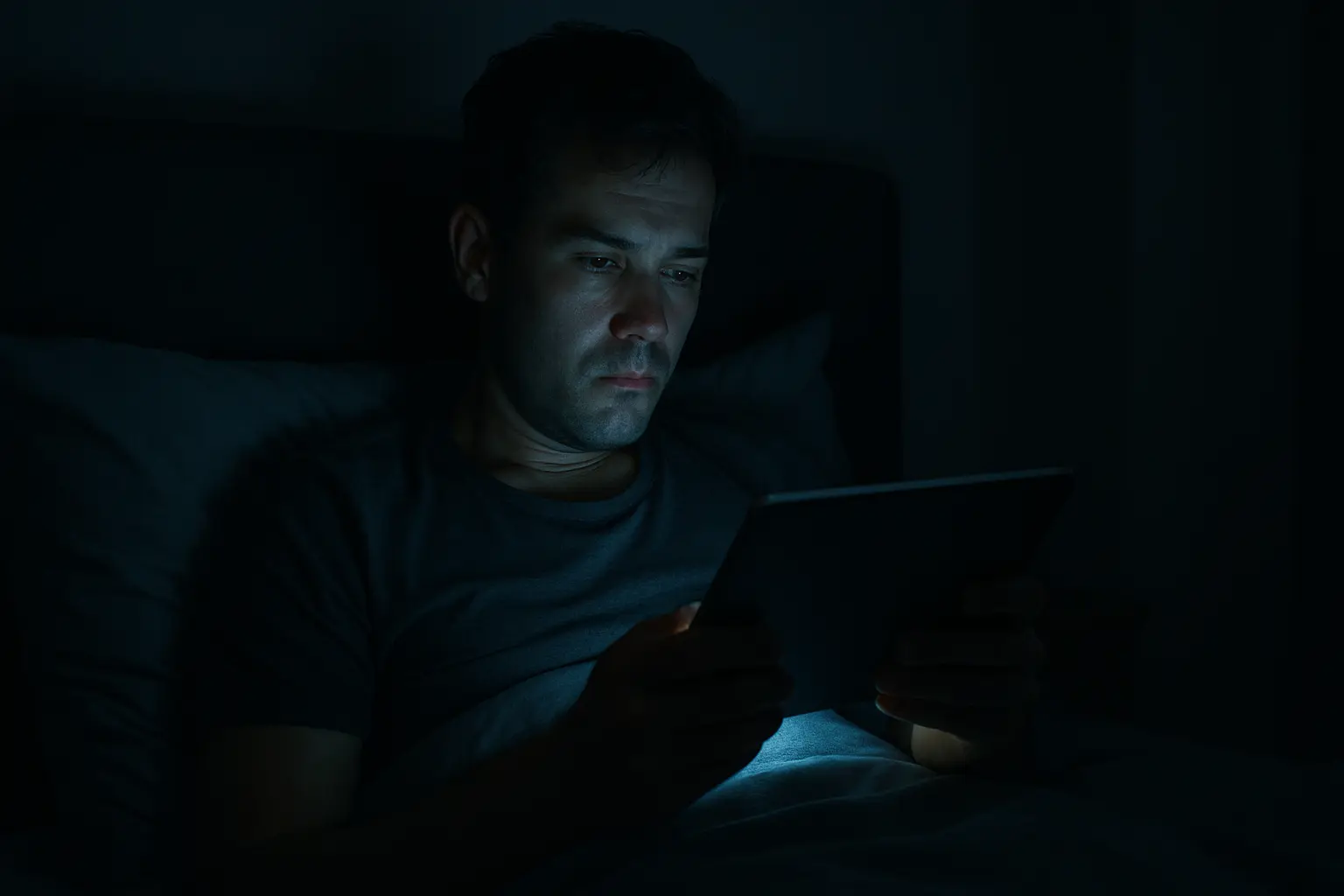Digital Devices and Sleep: Blue Light, Notifications, and Snoring
Modern lifestyles often involve prolonged screen exposure, from smartphones to laptops, which can disrupt sleep and exacerbate snoring.
Understanding how blue light, notifications, and late-night device use affect the body is crucial for better sleep hygiene.
How Digital Devices Impact Sleep
Blue Light Exposure
- Suppresses melatonin production, delaying sleep onset
- Alters circadian rhythm, causing fragmented sleep
- Linked to higher nighttime snoring intensity due to restless sleep
Notifications and Alerts
- Sudden sounds or vibrations trigger micro-awakenings
- Fragmented sleep increases daytime fatigue and airway instability
Evening Screen Time
- Encourages late-night eating and sedentary behavior, both risk factors for snoring
- Reduces deep sleep duration, critical for restorative rest
Data Snapshot: Device Usage vs. Snoring
| Evening Device Usage | Avg. Snore Score (0-100) | Sleep Latency (min) | REM Sleep % |
|---|---|---|---|
| <30 min | 45 | 12 | 22% |
| 30–60 min | 54 | 18 | 20% |
| 60–120 min | 63 | 24 | 18% |
| >120 min | 71 | 31 | 15% |
SnailSleep AI monitoring shows a clear correlation between prolonged evening screen exposure and increased snoring intensity.
Mechanisms Behind Sleep Disruption
- Delayed melatonin onset → difficulty falling asleep
- Micro-awakenings from notifications → fragmented sleep cycles
- Airway instability during restless sleep → louder snoring
- Elevated stress hormones from late work/emails → increased heart rate and lighter sleep stages
Strategies for Tech-Safe Sleep
- Limit screens 60–90 minutes before bed
- Enable night mode or blue light filters
- Silence notifications or use "Do Not Disturb" mode
- Track sleep patterns with SnailSleep to identify device-related disruptions
- Encourage bedtime routine: reading, meditation, or light stretching
Real-Life Case: Kevin's Digital Detox
Kevin, 35, reported heavy snoring and daytime fatigue.
After SnailSleep analysis, he noticed peak snoring intensity correlated with late-night phone use.
Implementing a 90-minute pre-bed "digital detox" reduced snoring from 68 to 49 and improved sleep quality scores by 25% over four weeks.
Related Articles
- How Alcohol and Late-Night Eating Affect Sleep Quality and Snoring
- Late Bedtimes in Children: Impacts on Sleep and Snoring
- When Snoring Gets Dangerous: Early Warning Signs of Sleep Apnea

